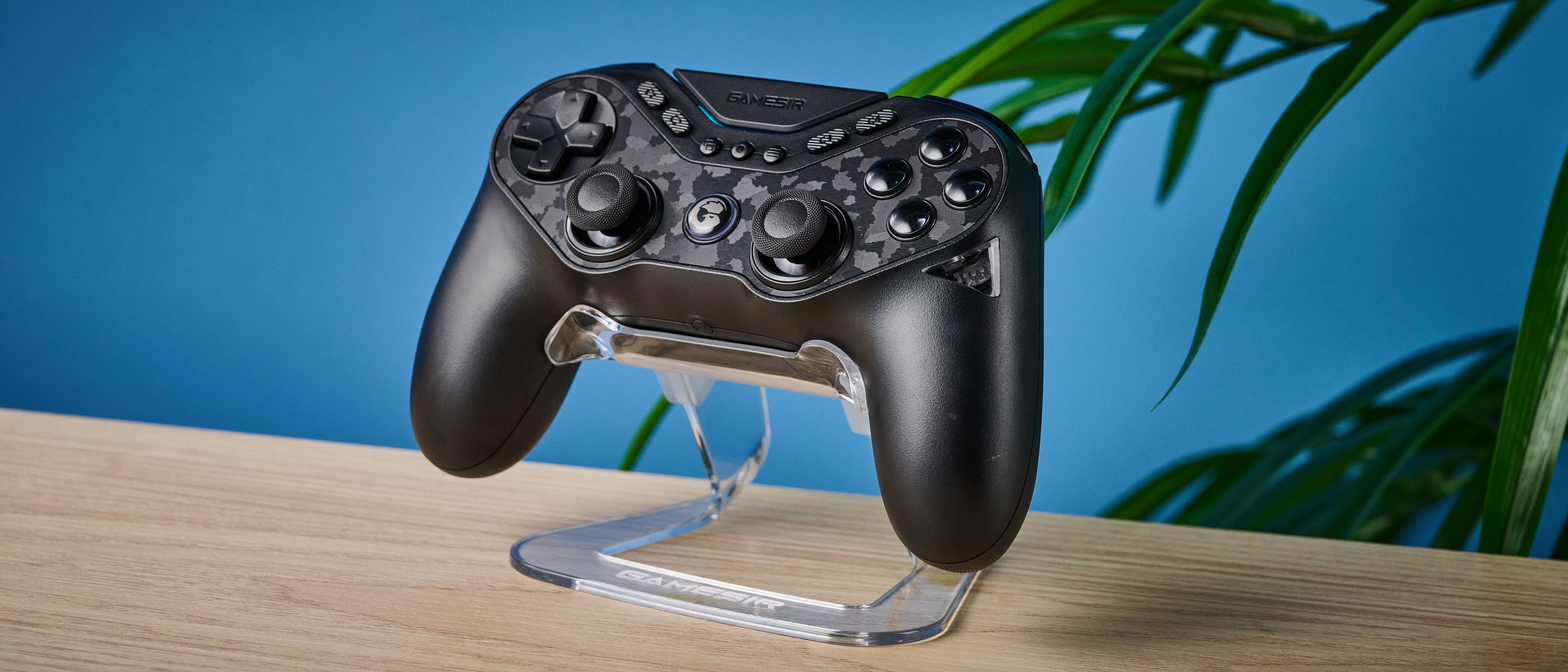Tom's Guide Verdict
Boasting the latest TMR thumbstick sensors, with a unique rotating face button which works literally like clockwork, the GameSir Tarantula Pro leads the way when it comes to PC and Switch controllers. The only thing holding the controller back are its bland appearance, somewhat subpar construction and confusing shortcuts that affect user friendliness.
Pros
- +
TMR thumbsticks
- +
Swappable front buttons
- +
Hardware toggles
- +
Switch and PC compatibility
Cons
- -
Bland visuals
- -
Cheaper build than rivals
- -
Confusing shortcuts
Why you can trust Tom's Guide
As one of the first controllers on the market to sport magnetic TMR thumbsticks, the GameSir Tarantula Pro ($69) boasts seriously impressive performance, making it the easiest recommendation for those who want the best performance on PC and Switch.
That alone would be enough to recommend this controller to PC and Switch users, but the Tarantula also features a set of motorized swappable face buttons, allowing you to flick between PC and Switch configurations.
Despite some build and UX issues, the GameSir Tarantula Pro is easily one of the best PC game controllers available at the moment, particularly if you’re looking for TMR technology in a format closer to a DualShock than an Xbox controller.
Read on for my full GameSir Tarantula Pro review.
GameSir Tarantula Pro review: Cheat Sheet
- What is it? A TMR controller reminiscent of a DualShock gamepad
- Who is it for? Those after a powerful PC and Switch controller, with the latest magnetic thumbstick tech
- What does it cost? You can buy the standalone controller on Amazon for $69, or grab a version with a charging dock included for $79 from GameSir
- What do we like? The performance is top tier, with TMR thumbsticks, a great amount of customization and a neat motorized button swap feature
- What don’t we like? The build looks and feels a little cheap when compared to the competition, and you will have to wrap your head around some confusing configuration shortcuts
GameSir Tarantula Pro review: Specs
| Price | $69 / £59 |
| Layout | Swappable Nintendo/Xbox ABXY |
| Connection | Wired USB, Wireless |
| Colors | Black |
| Platforms | Windows, Switch, Mobile |
| Battery | 1200 mAh |
| Weight | 11.5 ounces |
Disclaimer
Need help deciding between TMR controllers? Check out our GameSir Tarantula Pro vs PB Tails Metal Crush Defender face-off to find the right one for you.
GameSir Tarantula Pro review: The ups
Expect excellent performance with the Tarantula Pro, with some of the best-feeling controls on the market right now and high levels of customization to make for a smooth experience on either Switch or PC. Most importantly, the performance boost provided by the TMR thumbsticks is undeniable.
Features
One of the Tarantula Pro’s stand-out features is the ability to switch between Xbox and Switch face button layouts on the fly. A dedicated motor rotates the face buttons — GameSir recognises how cool this is and includes a little transparent window to show the whirring cog in action. It’s more than just a gimmick, as it is a great solution for those who want to use the controller for both layouts, providing an easy alternative to manually replacing face buttons.
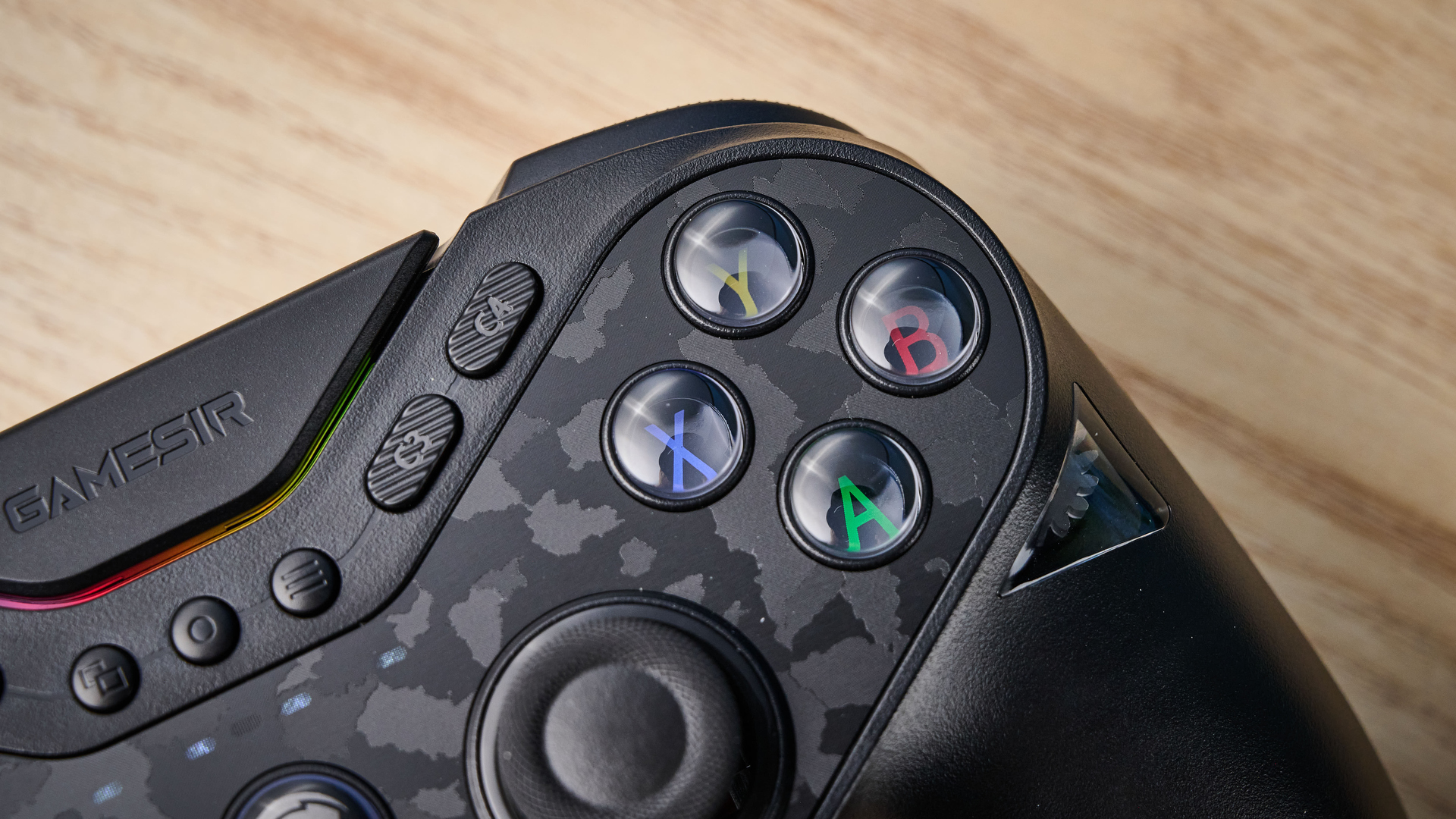
Located on the upper rear of the controller are toggles which GameSir claims turn the Hall Effect triggers into micro switches. This allows for quick shooting in FPS games, but allows you to quickly toggle back to the Hall Effect mode — great if you jump into a vehicle in Cyberpunk 2077 and want a more realistic feeling throttle. The hair trigger micro switches are very clicky and responsive, with a similar tactile feel to the D-Pad, so they felt great to use.
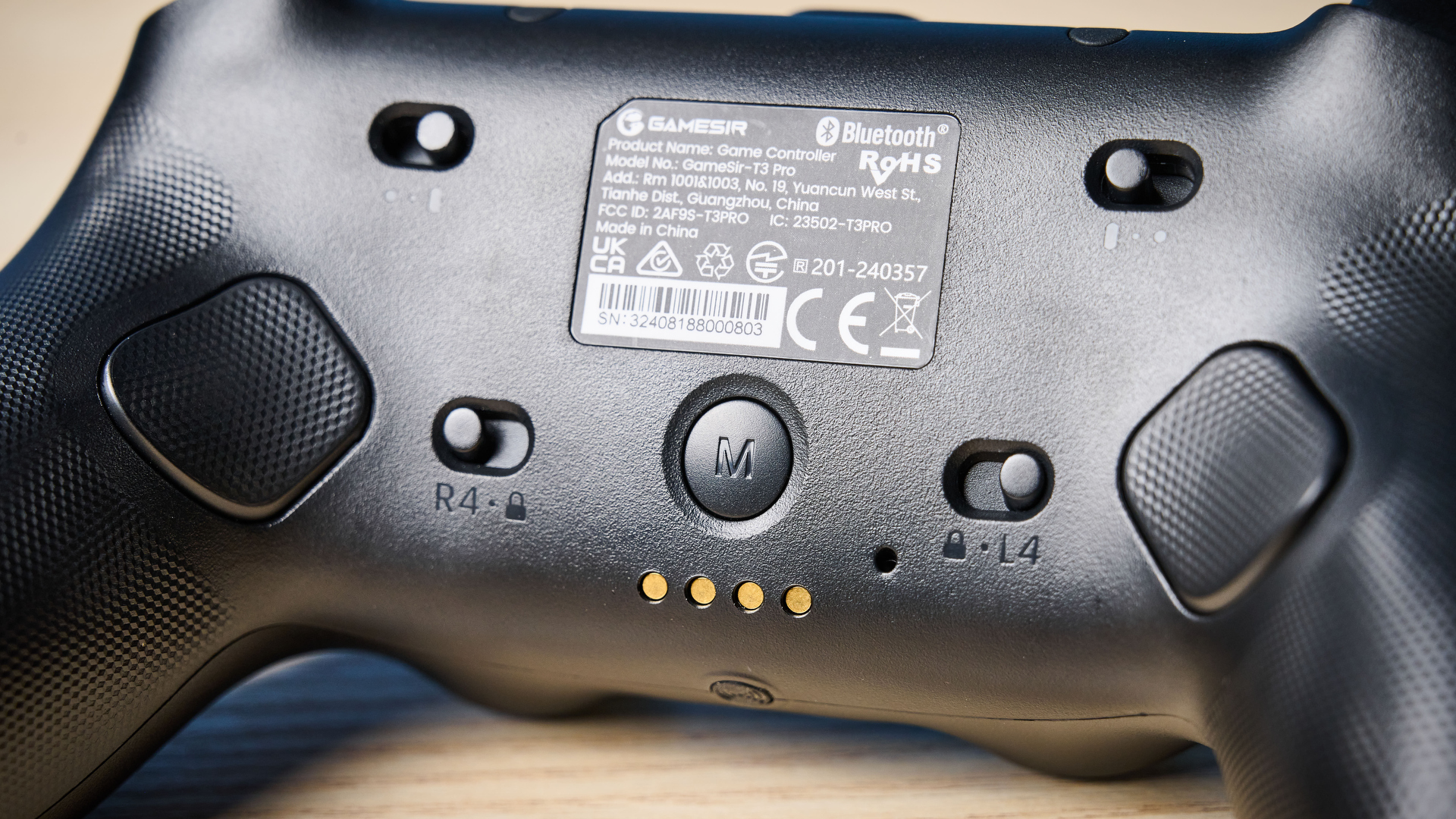
Another cool feature is the back paddle lock. On other controllers like the G7 SE or the PowerA Moga XP7-X Plus ($99), the lock served to essentially disable the button. The Tarantula takes this a big step further, and the toggle allows you to fully retract the paddle into the controller — this not only prevents accidental inputs, but also keeps the grips feeling smooth and distraction-free.
Switch Performance
I had to dig through the manual to find the correct button combination to get my controller to connect to my Switch, but once the pairing was complete it worked like a charm.
I was able to really take advantage of the TMR thumbsticks while gaming on Switch, something which is particularly important in light of the JoyCon’s infamous stick drift issue. TMR eliminates stick drift, while offering higher accuracy and a smoother tactile experience over traditional analog sticks, with less power consumption and improved accuracy over Hall Effect. These functioned much the same as the brilliant PB Tails Crush Defender ($109) TMR thumbsticks, albeit in a symmetrical layout — my personal preference. Unlike the PB Tails gamepad, you are able to customize the Tarantula’s thumbsticks to adjust dead zones via the companion app.
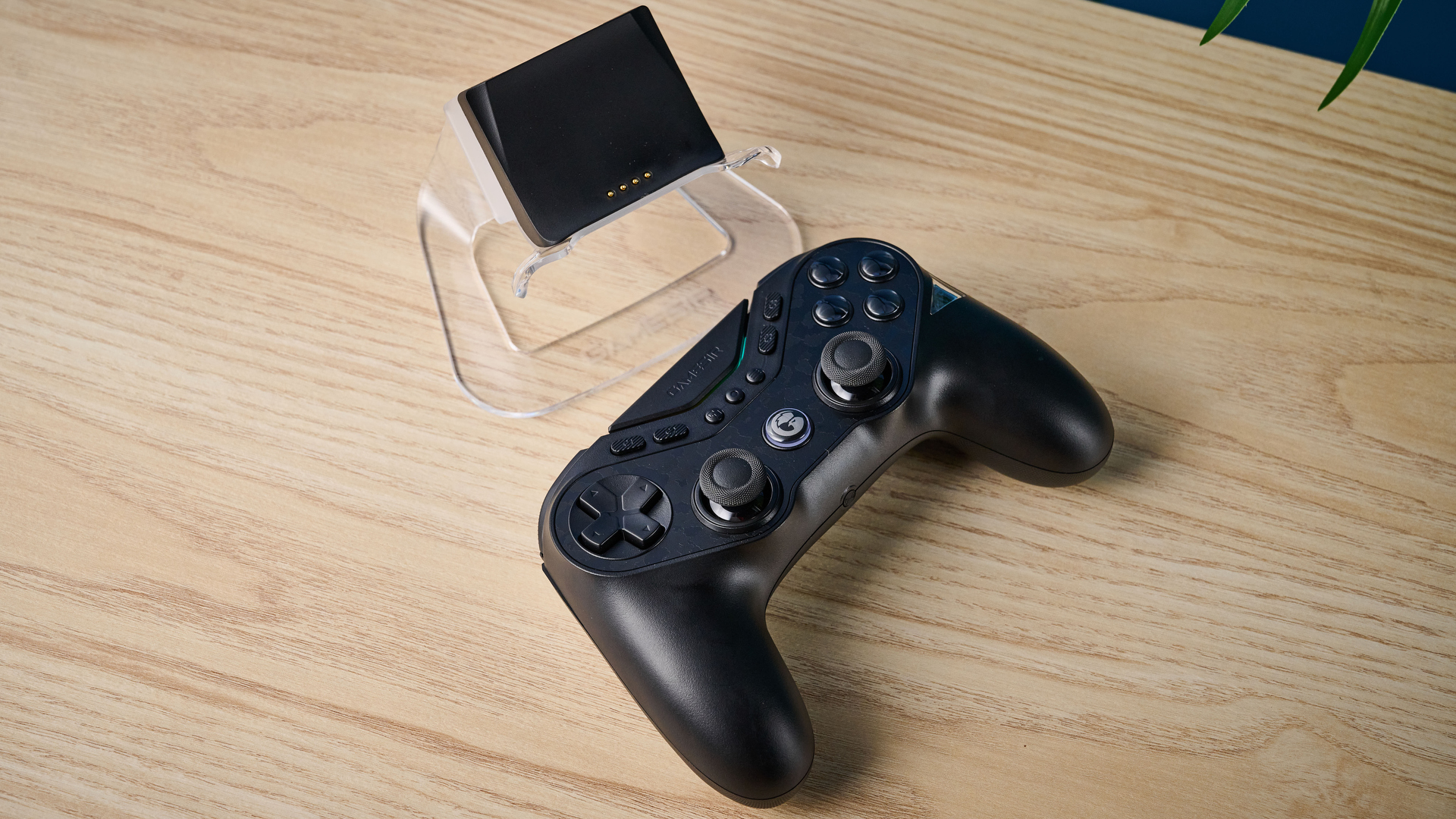
In-game, I was able to use the Tarantula to great advantage playing Super Smash Bros. Ultimate — I found that slight movements were better reflected on the controller than with a traditional thumbstick. This allowed me to better position my character, as well as perform tilt attacks with much greater ease. Aiming in Metal Gear Solid 2 became a lot easier, as well, where I sometimes struggle with the quick and precise aiming required in boss fights. The Tarantula really puts official Pro controllers to shame.
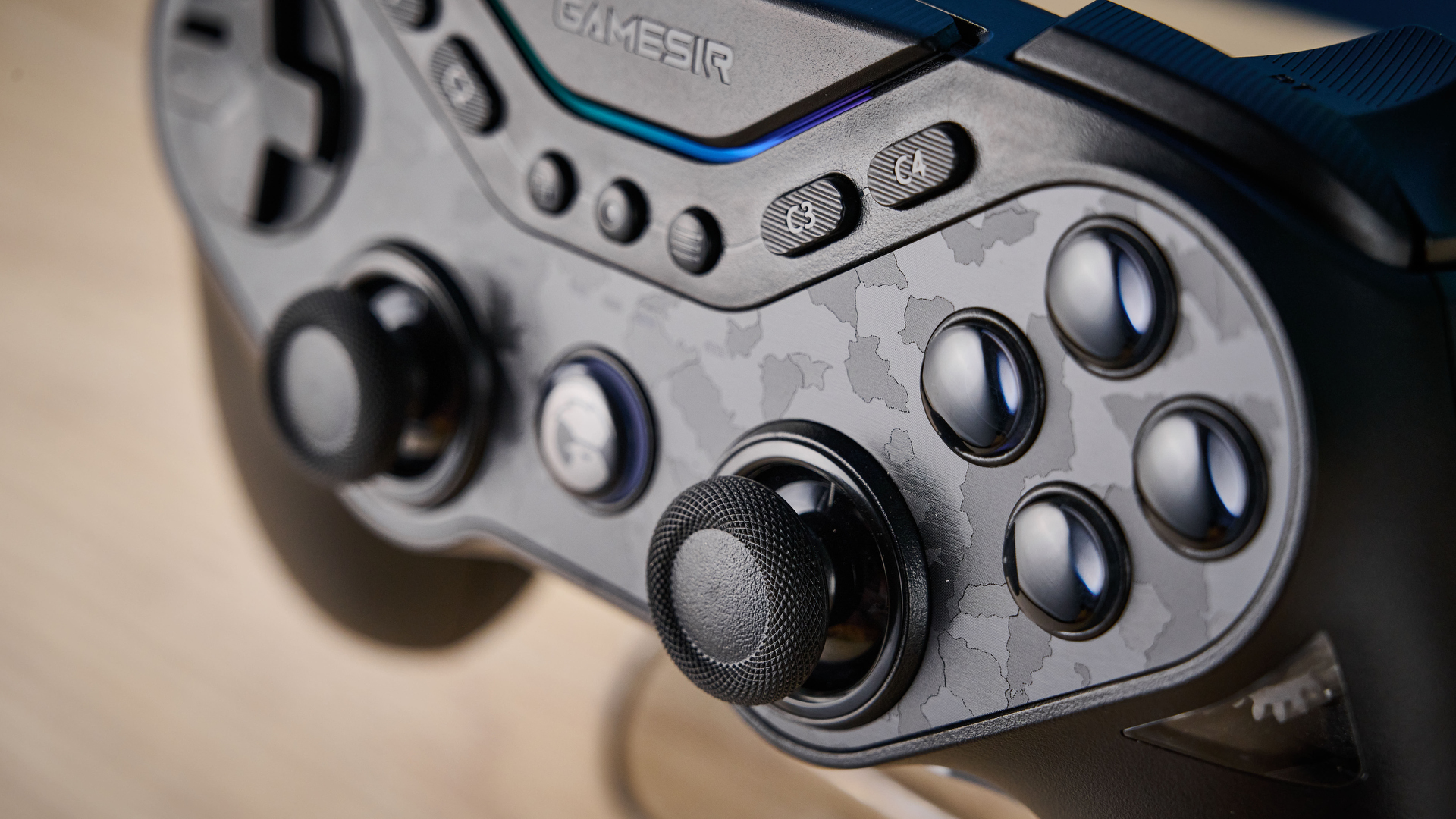
A nice bonus is the addition of an NFC reader to the top of the controller, so any Nintendo Amiibo collectors will be able to make use of their collection by tapping it against the top of the gamepad. This isn’t very common to see on third party controllers, and helps the Tarantula feel better integrated with the Switch.
PC Performance
I am a sucker for DualShock controllers, and have used my DualShock 4 for a long time as my go-to PC gaming controller, even before it was broadly supported. Thankfully, no such nightmares with the Tarantula: it’s fully plug-and-play with Steam. Obviously, as a DualShock fan, having to make do with Xbox-style letters on the controller felt a little wrong, but I didn’t need to look at the Tarantula once I got started anyway.
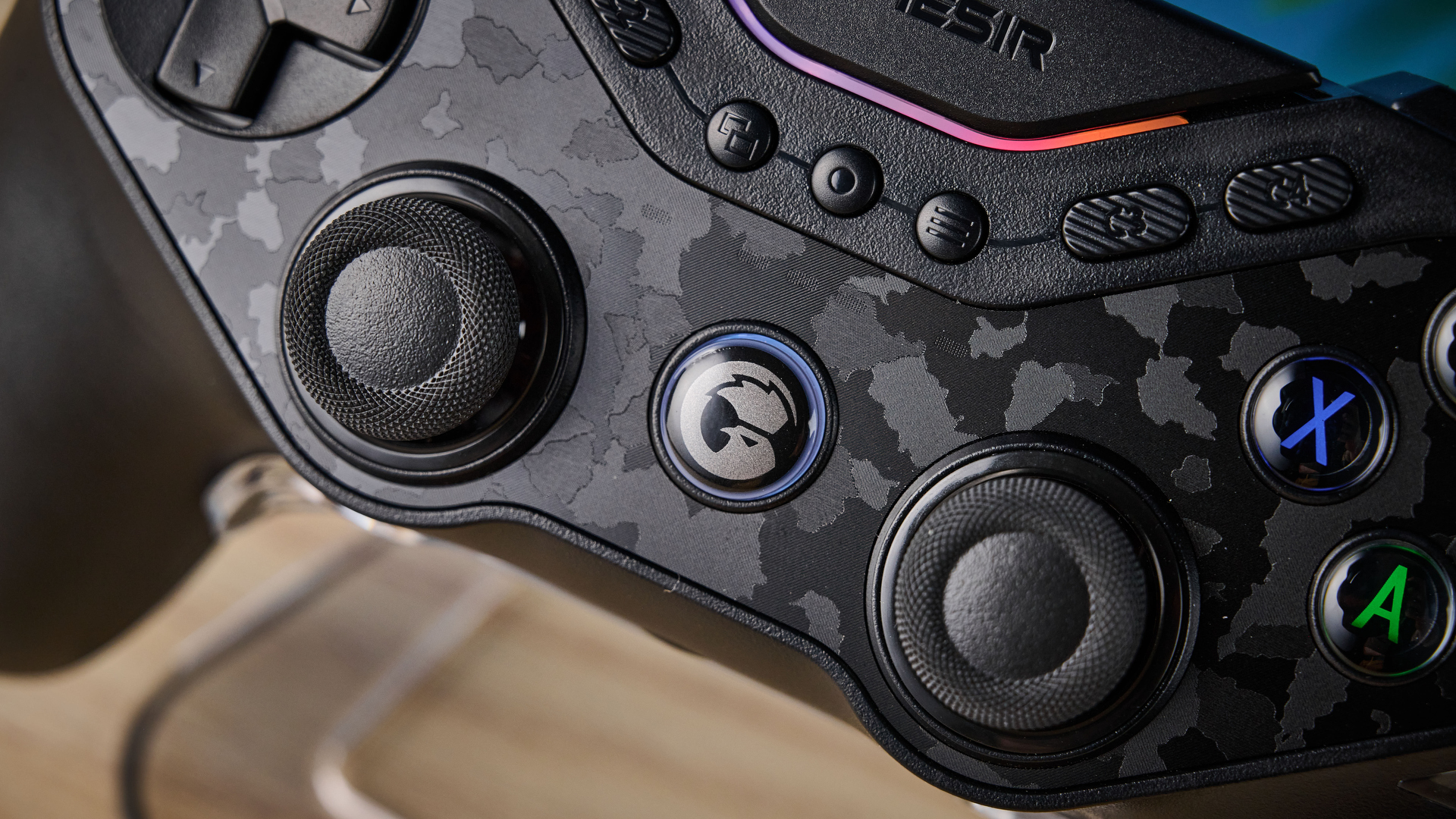
My PC gaming attention has been focused solely on the fantastic Silent Hill 2 remake, and having a PlayStation-inspired controller along for the ride was all the more nostalgic. Despite the slower-paced nature of the game, I found dodging monsters easier than ever thanks to the responsive face buttons, and quickly flicking through my notes and items felt great using the pleasingly clicky D-Pad.
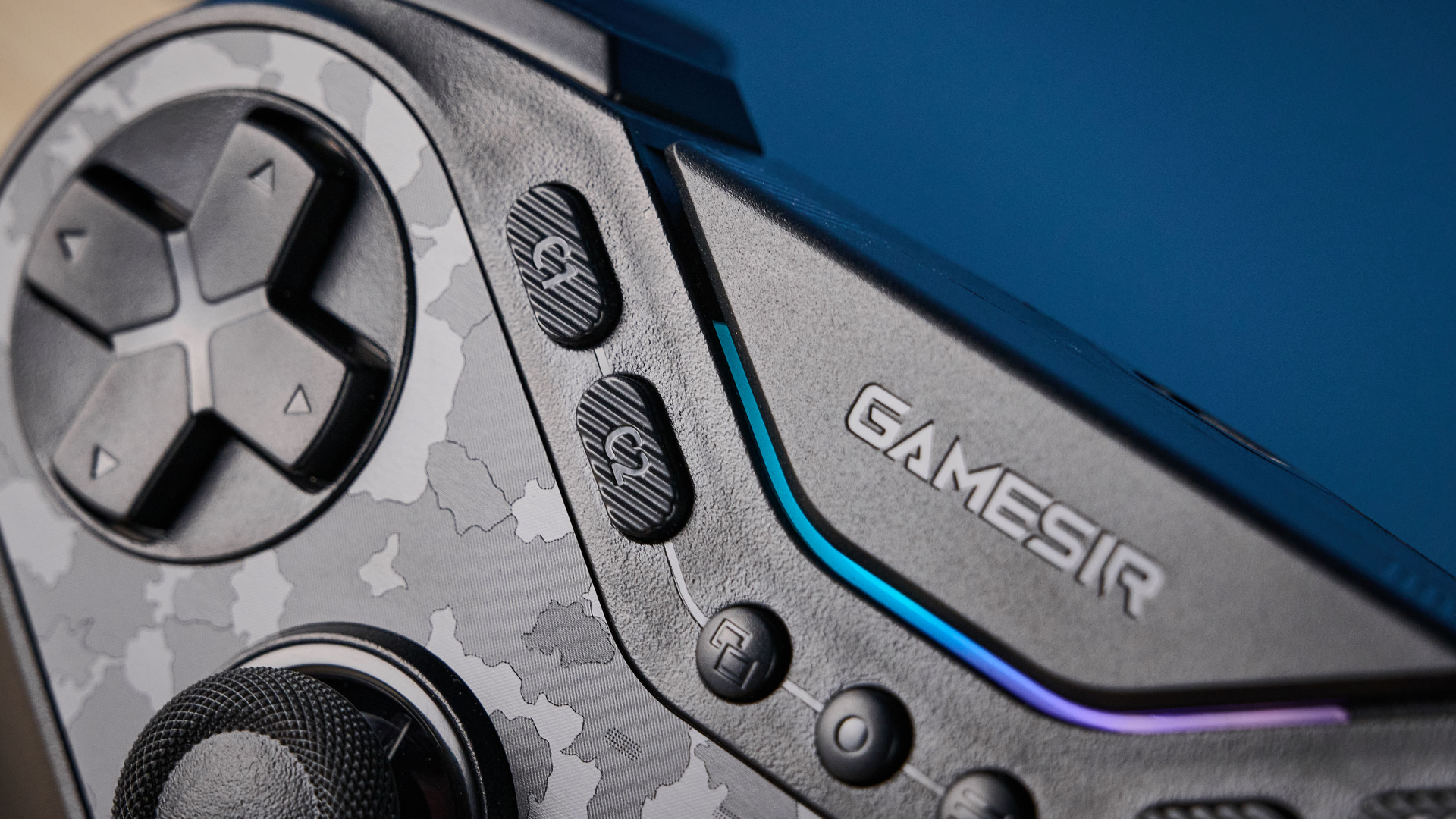
I don’t usually comment much on controller rumble, but Silent Hill 2 uses a variety of vibrations to add to the scares in a way that I don’t often see. Whether it's the sound of footsteps on the floor above me, or the tactile sensation of breaking a glass window to escape from a creature — the two motors in the Tarantula’s grips worked well to add to the tension, especially compared to the rumble in my DualShock 4.
Battery
The Tarantula’s battery is remarkably big, especially when compared to rival pads. The 1200mAh capacity really puts the 860mAh PB Tails Crush Defender to shame, for example. Combined with the low power usage of TMR, the Tarantula will last a long time without needing to be plugged into your PC or console, or using the included dock — I was able to use the controller for a week without needing to recharge it once.
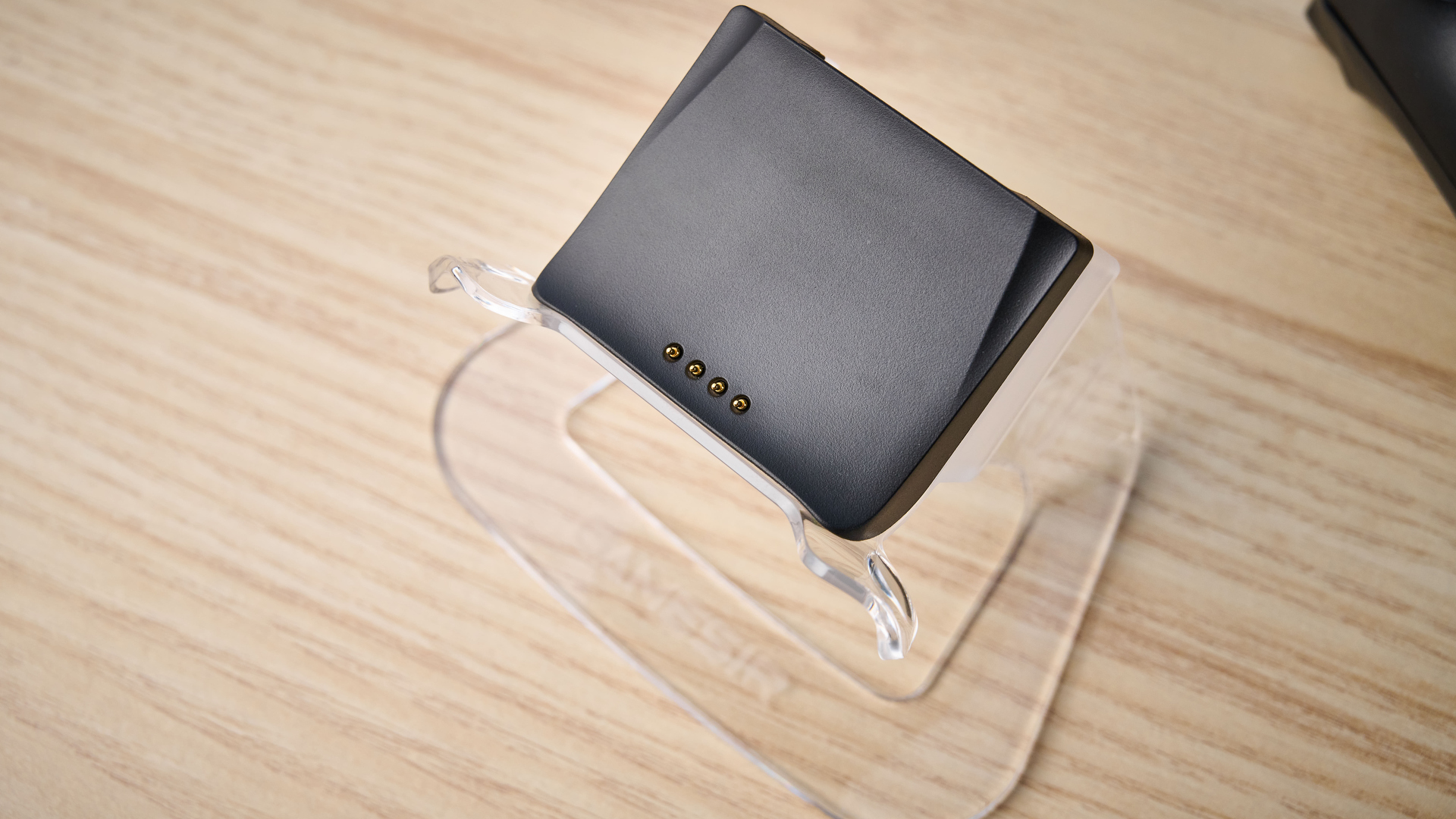
For $10 more than the standard version, you can get a charging dock included. While this is a little flimsy, it looks impressive due to the transparent plastic and inclusion of RGB lighting, and even includes both USB A and C connection support. While I didn’t need to use it much, it was a convenient way to charge the controller on my desk, and is well worth it for such a small additional cost.
GameSir Tarantula Pro review: The downs
Most of my issues with the Tarantula boil down to personal preference, specifically with the visual design, which sells the performance of the gamepad short. I also have a few minor problems with the build and fiddly shortcuts.
Visual Design
Beauty is in the eye of the beholder, but I can’t help thinking the Tarantula is lacking in the looks department when compared to similarly priced controllers. The Tarantula looks like a weak imitation of a Dualshock 4. Other controllers I have tested recently, like the G7 SE, had the advantage of being a licensed controller, and looked almost exactly like an official Xbox gamepad. In fairness, the DualShock 4 is a more complex design, so I can understand that this could get cluttered along the way.
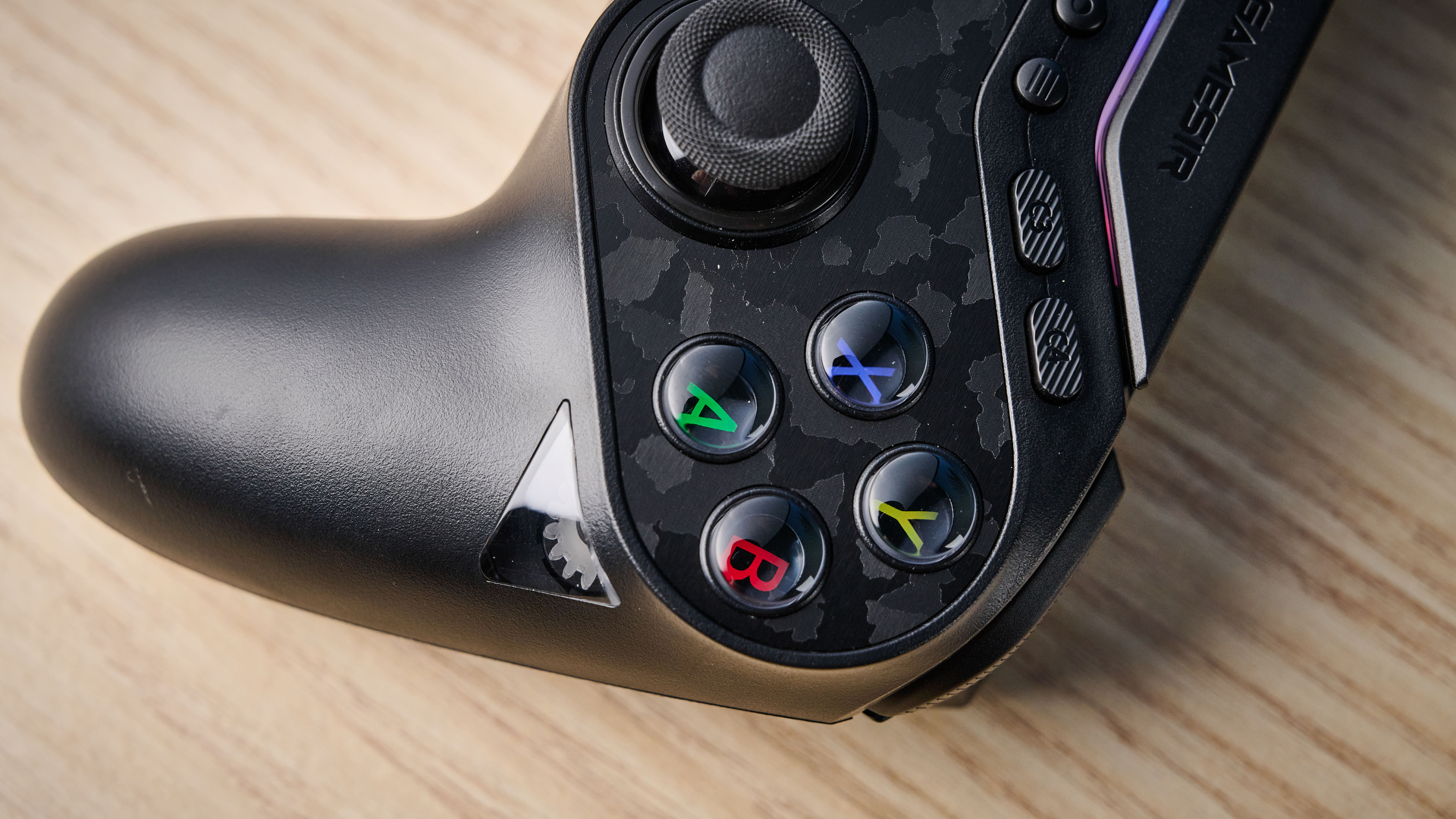
However, I still feel like the controller doesn’t look its best, whether it's the ugly camouflage pattern on the face, or the cheap-looking GameSir logo on the central power button. The lighting, particularly around the touch panel in the center, is quite garish too, although thankfully this is adjustable. A few other aspects, like the positioning and appearance of the bindable extra buttons, contribute to the controller looking a bit too much like a child's toy.
Shortcuts
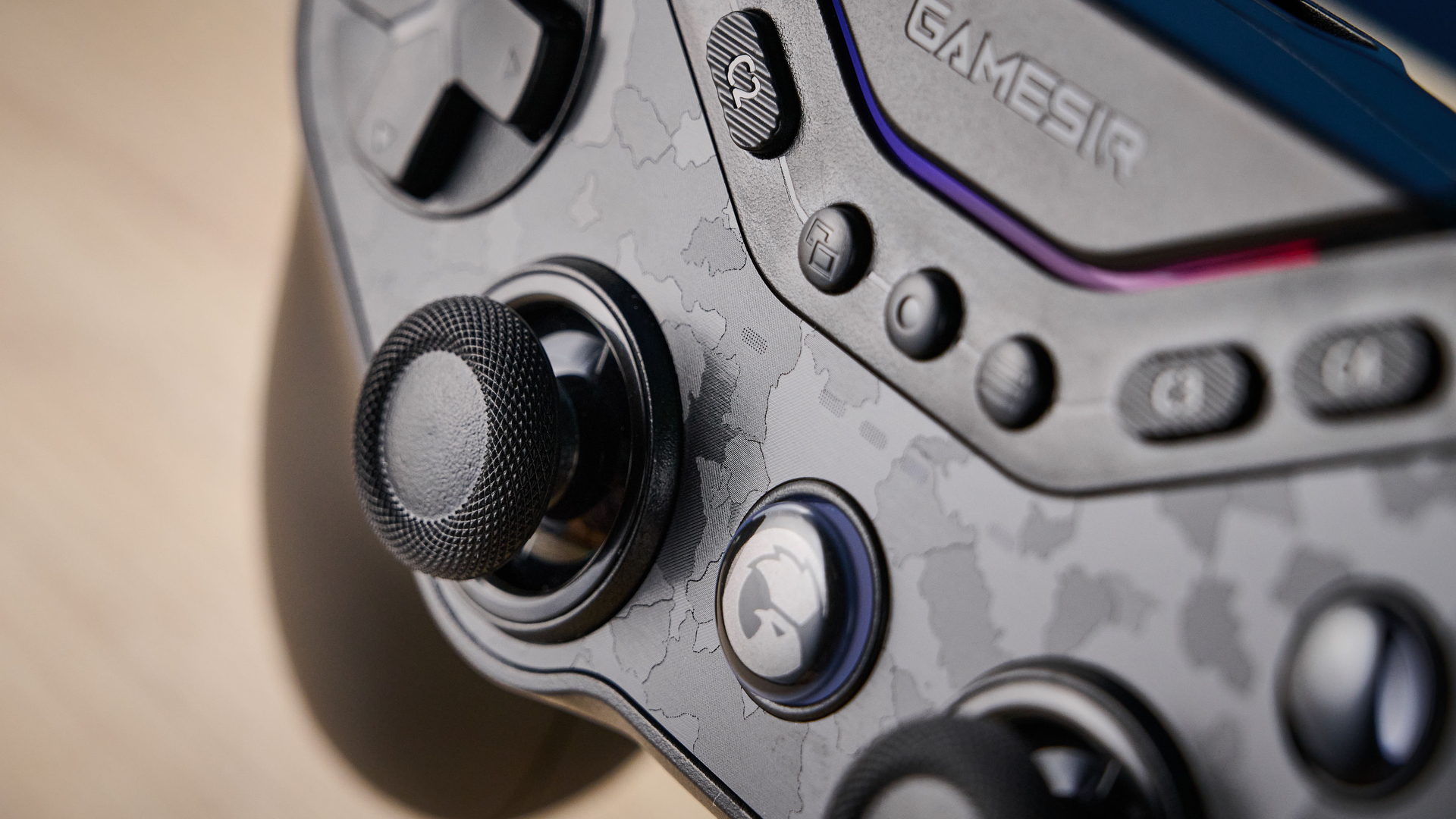
A word of warning: there is a long list of button combinations to memorize for the Tarantula Pro. These can be useful, allowing you to switch up pairing modes, customize the lighting and enable features like Turbo mode. But while they’re simple to input, the sheer amount of options can be very confusing. I found myself having to frequently refer to the manual to either remember how to perform basic functions like syncing my controller to a new device.
Build
I’ve noticed a few issues with the Tarantula’s build, too. Gently transporting the controller in my bag was enough to pry open the case between the front and the back of the controller — I was able to pop this back into place, but the issue caused a painfully sharp edge of plastic to jut outwards. At the very least, this raises some eyebrows about the longevity of the case.
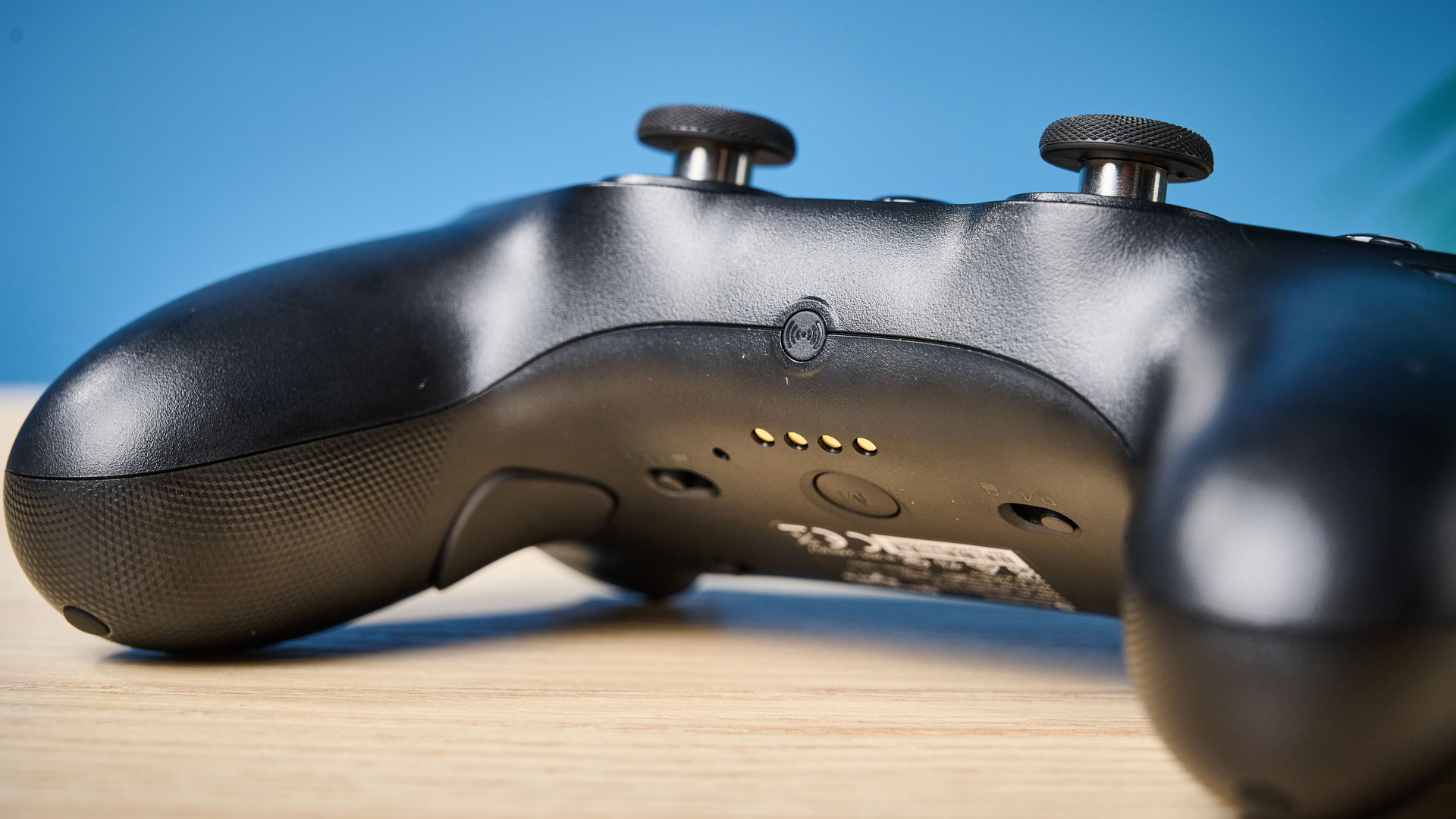
The quality of the included cable is also below par. It’s just over 6ft long, long enough for most gaming setups, but is made out of rubberized plastic rather than the standard braided cable as is included with GameSir’s G7 SE and Kaleid controllers. It feels like a minor cost to cut, but the cheap-feeling rubberized cable was more prone to getting caught and dragging on my desk — negating the benefits of the increased 1000Hz polling rate while using the wired mode.
GameSir G7 SE review: Verdict
Much like how the G7 SE offered comparable performance to the Xbox Elite Series 2 ($159), but for over $100 cheaper, the Tarantula can be compared to the Sony Dualsense Edge ($200) controller. It offers the same level of fantastic customization, but with the killer performance of TMR and Hall Effect technology for the thumbsticks and triggers.
Of course, you will be missing out on the premium build quality of the Edge controller. For those who are after the very best performance alone, this is not going to negatively affect you too much, but it might be another reason why you should consider the PB Tails Metal Crush Defender as your TMR gaming solution, as long as you can deal with the lack of customization and Xbox-style layout.
In all, the Tarantula is another excellent example of how TMR technology can really elevate your gaming experience on console, PC and mobile. The Tarantula performs very much as a professional gaming controller should, and it’s safe to say that I’m not going to get tired of this creepy-crawly anytime soon.

Eve is a Staff Writer on the Reviews team at Tom’s Guide. Her expertise centers around computing, and she loves testing out the very best high performance peripherals to help you make the right choice. With her experience working in IT and a love for gaming, she has an eye for function and efficiency— this is reflected in the time spent building and customizing her own desktop PCs. In her downtime, Eve is always on the lookout for new tech to give her a competitive edge in the latest games, or a boost in her daily productivity.
